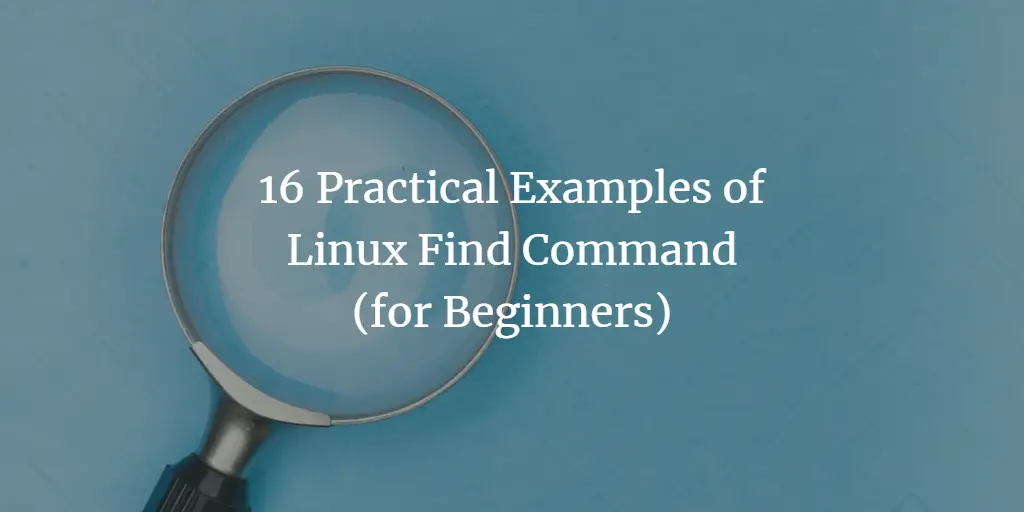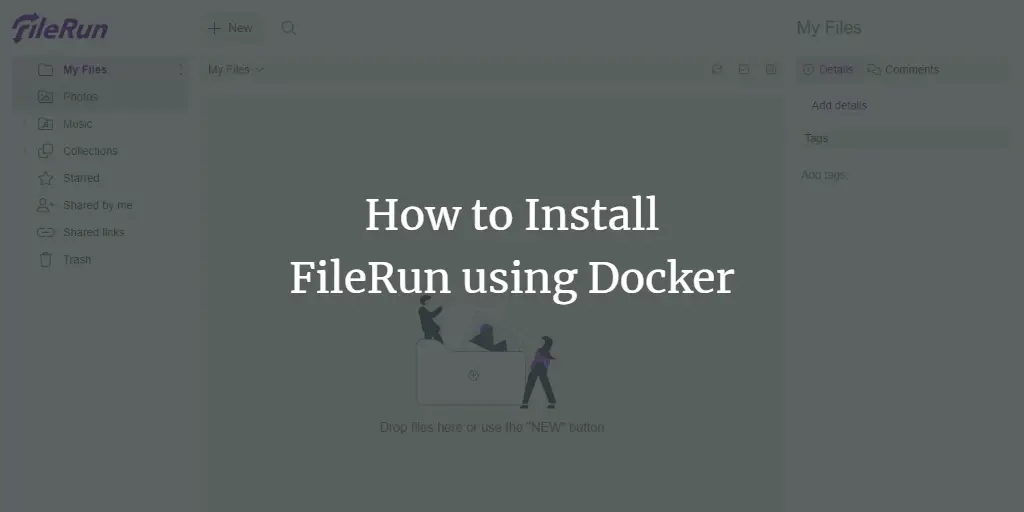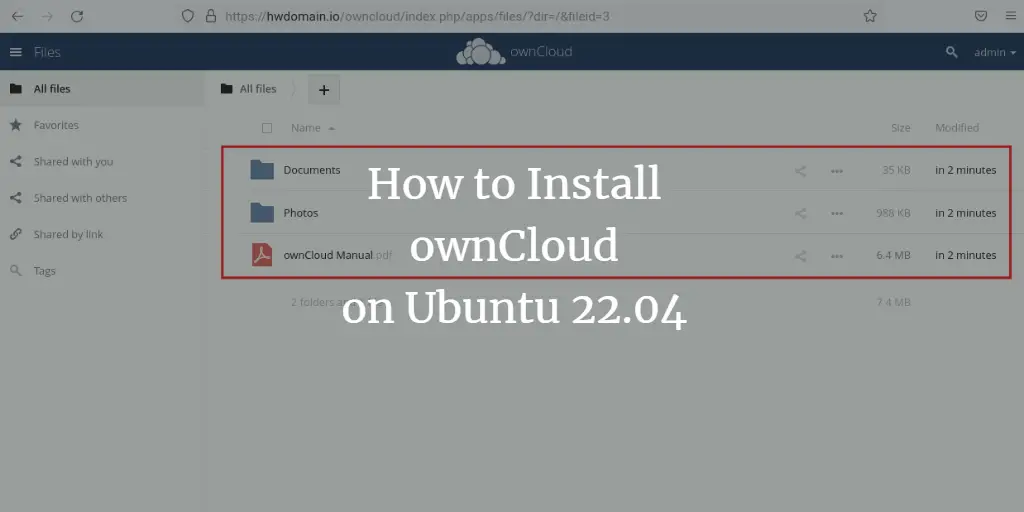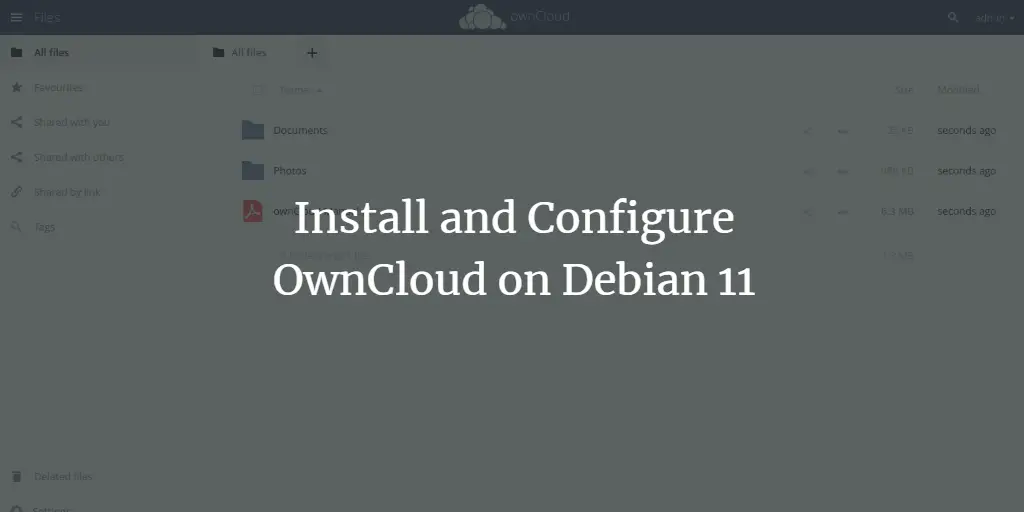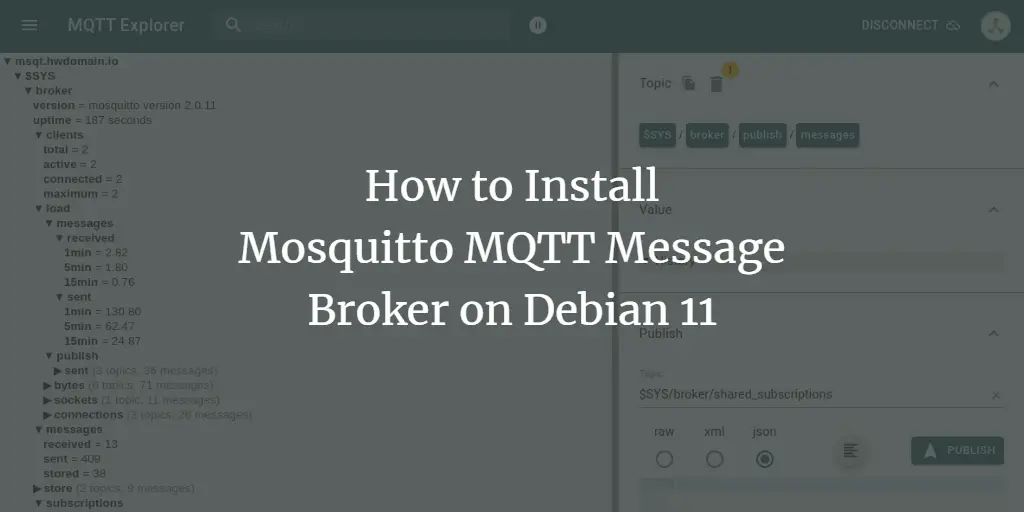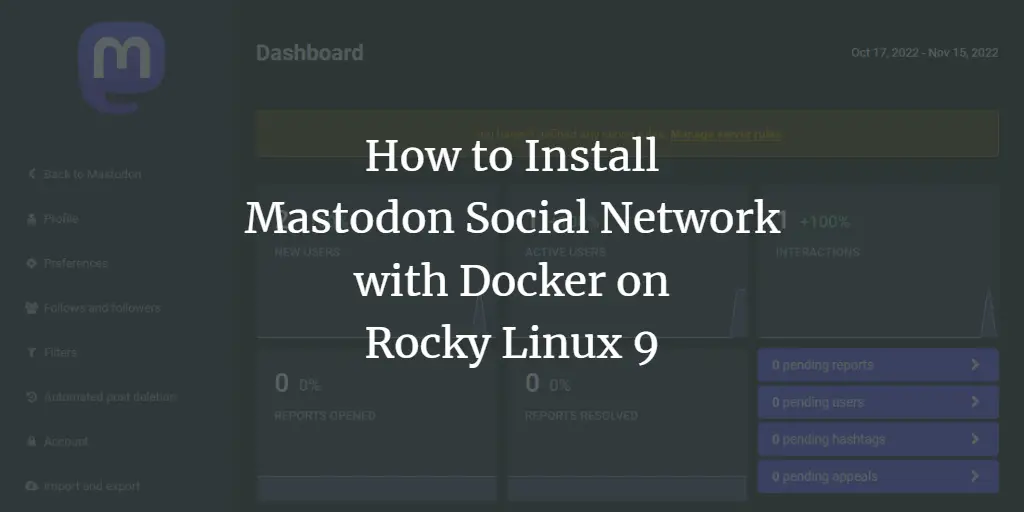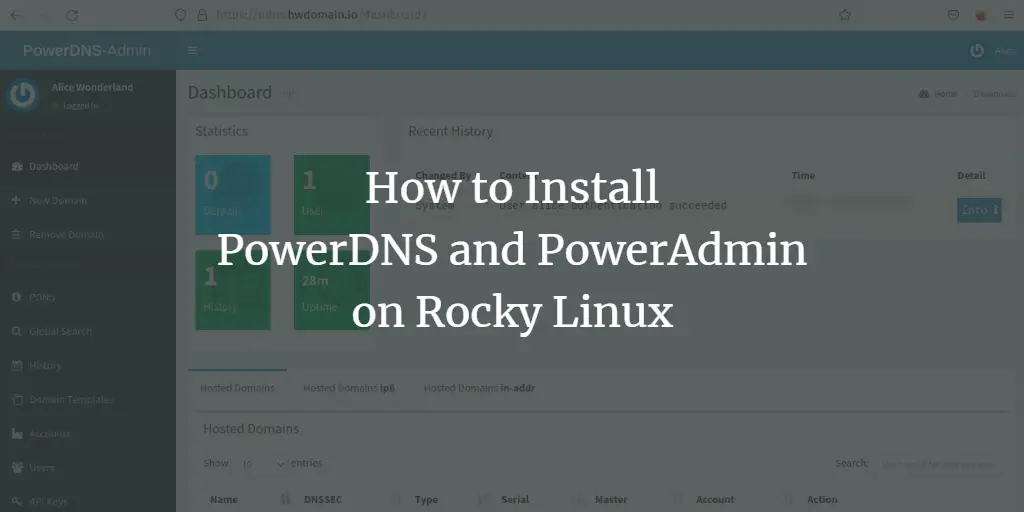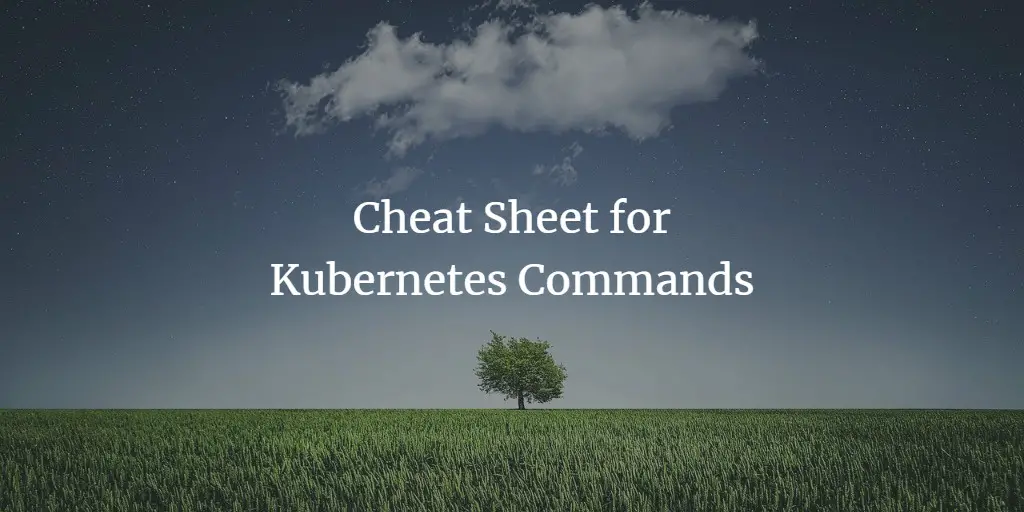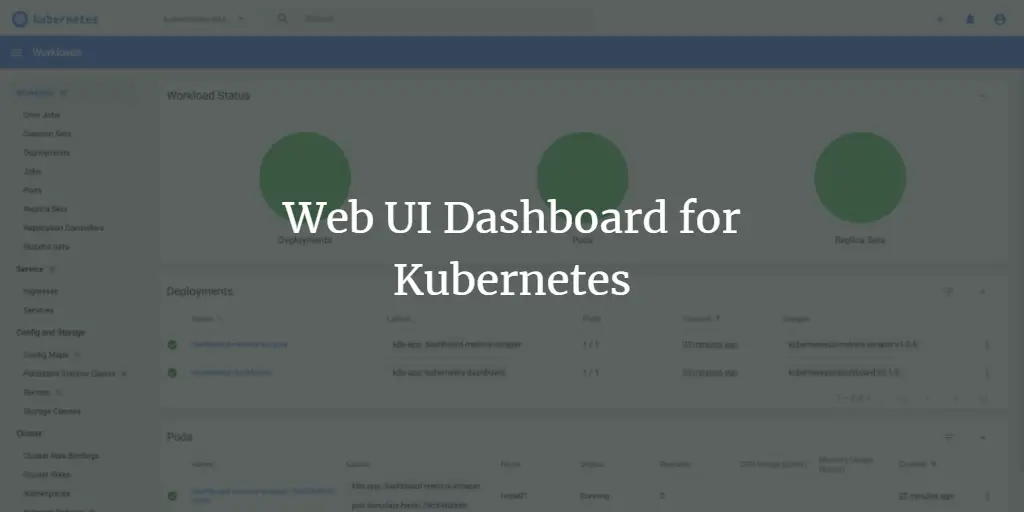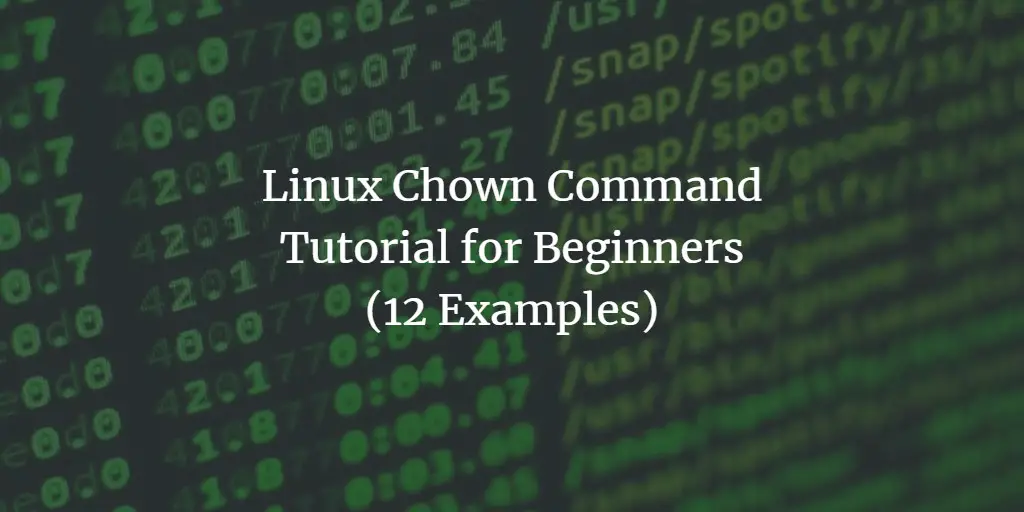HowtoForge provides user-friendly Linux tutorials.
-
16 Practical Examples of Linux Find Command for Beginners
Author: Himanshu Arora • Tags: centos, debian, linux, opensuse, shell, ubuntu • Comments: 4 • Updated: Nov 25, 2022Find is one of the most frequently used Linux commands, and it offers a plethora of features in the form of command line options. In this tutorial, which is aimed at beginners, we will discuss the basic usage of the command as well as some of the useful command line options it offers.
-
How to Install FileRun using Docker
Author: Navjot Singh • Tags: centos, debian, fedora, linux, ubuntu, virtualization • Comments: 0FileRun is a self-hosted file sync- and share web-based application. In this tutorial, you will learn how to install FileRun using Docker on your Linux server. We will also configure Elasticsearch to provide full-text search support.
-
How to Install ownCloud on Ubuntu 22.04
Author: Arvid L • Tags: linux, server, storage, ubuntu • Comments: 0ownCloud is a software-suits for creating file-hosting services like Google Drive and DropBox. In this tutorial, we will show you how to install and configure ownCloud on Ubuntu 22.04 server.
-
-
Install and Configure OwnCloud on Debian 11
Author: Hitesh Jethva • Tags: debian, linux, server, storage • Comments: 3OwnCloud is a free, open-source, and self-hosted file synchronization and sharing solution. In this post, we will show you how to install OwnCloud on Debian 11.
-
How to Install Mosquitto MQTT Message Broker on Debian 11
Author: Arvid L • Tags: debian, linux, server • Comments: 1Eclipse Mosquitto is a free and open-source message broker implementation of the MQTT protocol. In this tutorial, we'll walk through the process of installing and configuring Mosquitto MQTT Message Broker onto a Debian 11 server, setting up authentication, Securing Mosquitto via SSL/TLS certificates, and also enabling WebSockets on Mosquitto.
-
How to Install Mastodon Social Network with Docker on Rocky Linux 9
Author: Navjot Singh • Tags: linux, server, web server • Comments: 1Mastodon is a free, decentralized, and open-source social network. It was created as an alternative to Twitter. Just like Twitter people can follow each other, and post messages, images, and videos. This tutorial will teach you how to set up your instance of Mastodon on a server with Rocky Linux 9 using Docker.
-
How to Install PowerDNS and PowerAdmin on Rocky Linux
Author: Arvid L • Tags: dns, linux, powerdns, server • Comments: 7PowerDNS is a free and open-source DNS Server software. In this guide, we will show you how to install PowerDNS and the PowerDNS-Admin on a Rocky Linux system. We will run the PowerDNS with the MySQL/MariaDB database backend and set up the PowerDNS-Admin that will be used as the web-based management tool for the PowerDNS server.
-
Cheat Sheet for Kubernetes Commands
Author: Rahul Shivalkar • Tags: cloud • Comments: 0While working on Kubernetes it is very important that you know at least the basic commands. In this article, you will find the commands which are needed most of the time while working on the cluster.
-
Web UI Dashboard for Kubernetes
Author: Rahul Shivalkar • Tags: linux, virtualization • Comments: 0Kubernetes dashboard provides a web-based UI for the cluster. One can deploy applications on the cluster using the dashboard as well as troubleshoot the existing applications in the cluster. In this article, we will install the official dashboard provided by Kubernetes and set up a service account to access it.
-
Linux Chown Command Tutorial for Beginners (12 Examples)
Author: Himanshu Arora • Tags: linux • Comments: 1In Linux, there may be times when you might want to change the owner and group-related information for a file or directory. If you are a command line newbie, and want to know how you can make such changes through the command line, you'll be glad to know that there exists a command - dubbed chown - that lets you do this.

